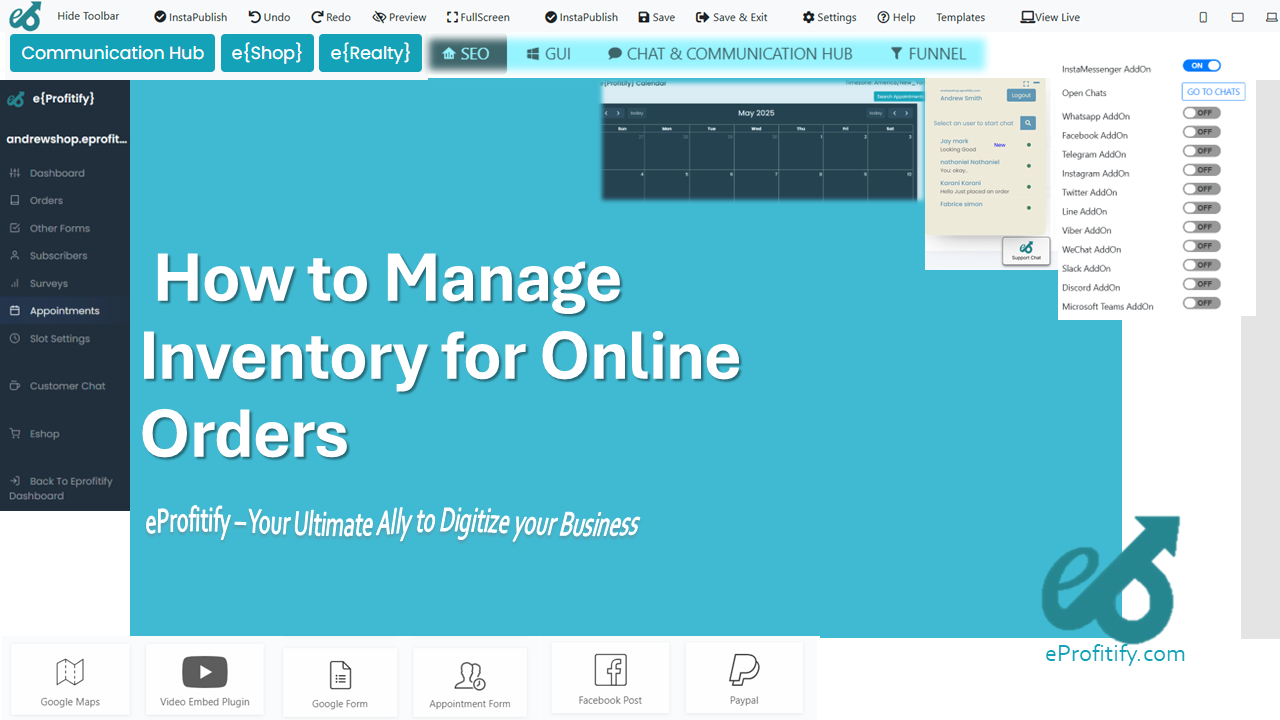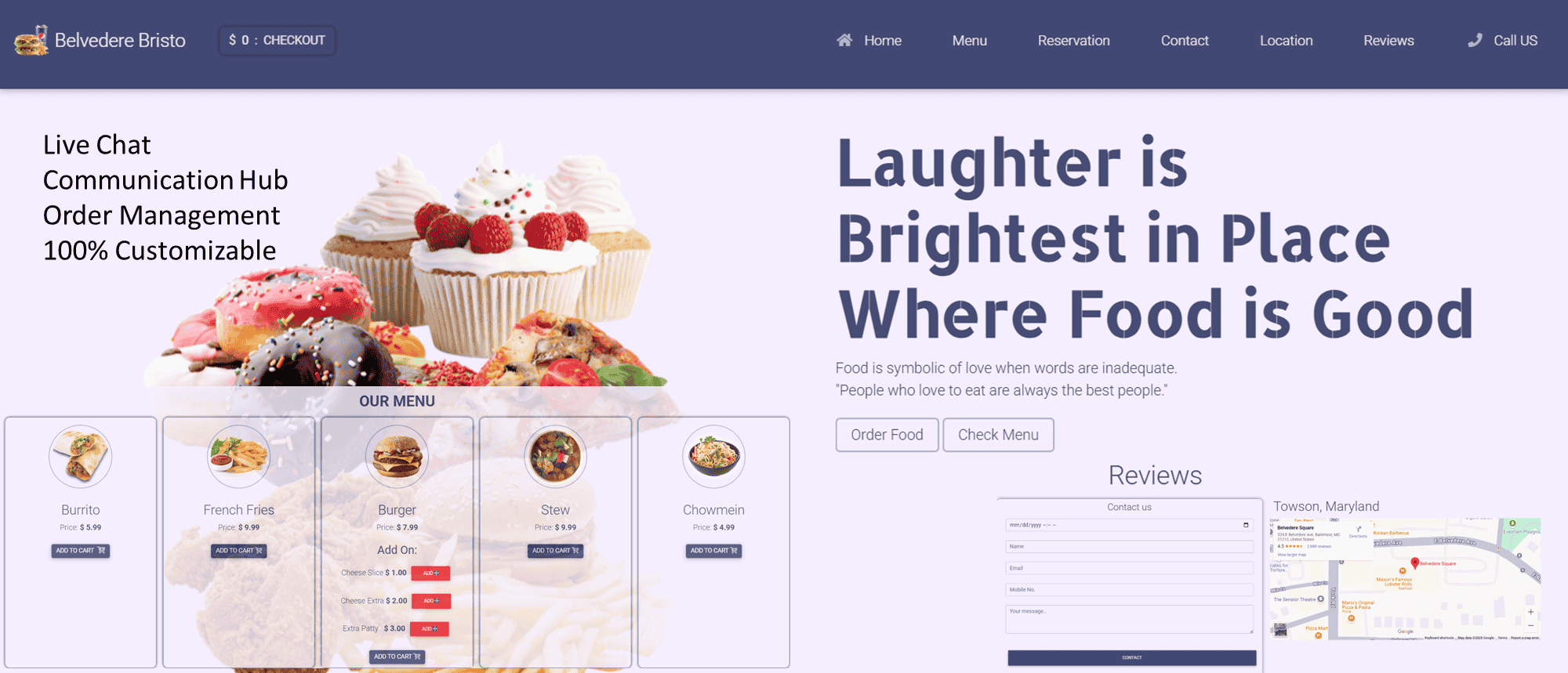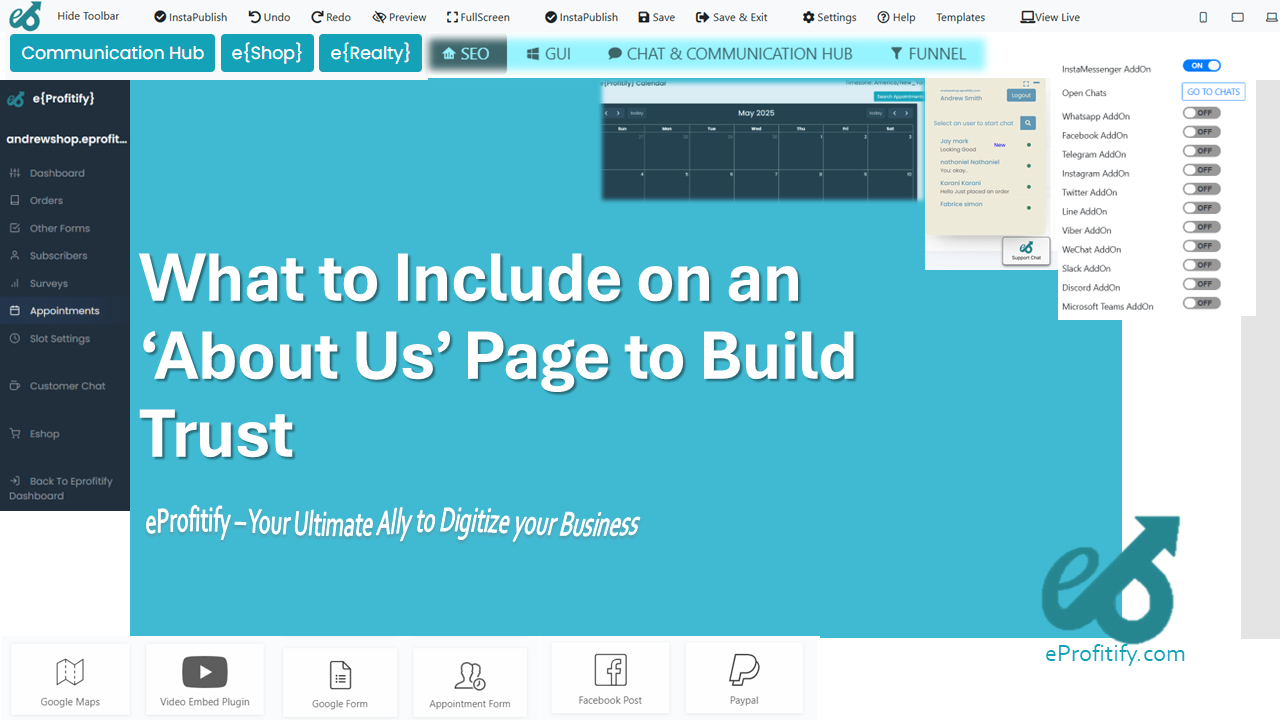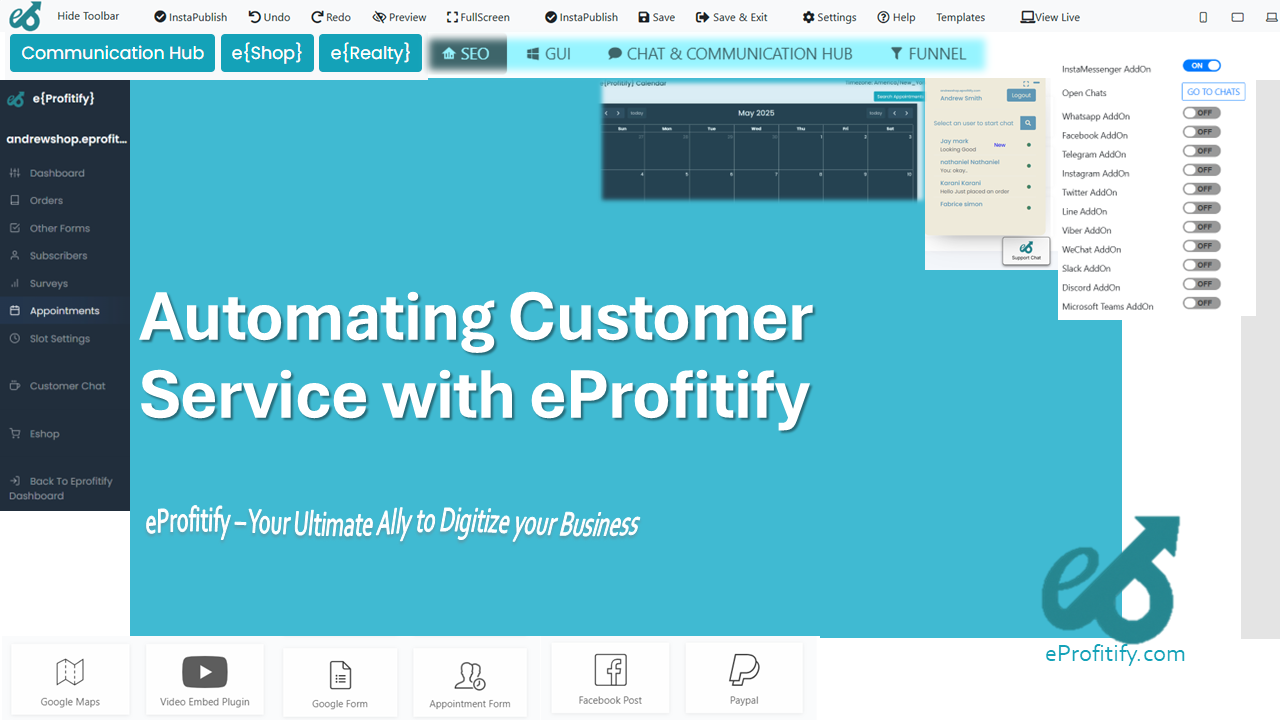How to Manage Inventory for Online Orders

How to Manage Inventory for Online Orders: Strategies, Statistics, and the Role of Eprofitify
Efficient inventory management is the backbone of a successful ecommerce business. With the global ecommerce market projected to reach $6.3 trillion in sales by 2024 (Statista, 2023), businesses must adopt modern strategies to avoid overstocking, stockouts, and logistics bottlenecks. Poor inventory practices cost retailers $1.1 trillion annually in overstocking and lost sales (IHL Group, 2021), making this a critical area for optimization. In this guide, we explore actionable strategies for managing online order inventory and highlight how Eprofitify—a leading all-in-one website publishing and management platform—can streamline operations through tools like CRM, instant messaging, and automated workflows.
Why Inventory Management Matters for Ecommerce
Inventory management impacts cash flow, customer satisfaction, and scalability. For example:
- 34% of businesses struggle with inaccurate stock visibility across sales channels (Shopify, 2022).
- 65% of shoppers abandon orders due to out-of-stock items (Verve, 2021).
- Businesses using advanced inventory systems reduce carrying costs by 20–30% (McKinsey, 2020).
To compete in a fast-paced digital economy, businesses need tools that unify inventory tracking, demand forecasting, and customer communication.
Key Strategies for Managing Online Order Inventory
1. Real-Time Inventory Tracking
Modern shoppers expect instant updates on product availability. Real-time tracking syncs stock levels across platforms (e.g., websites, mobile apps, marketplaces) to prevent overselling. Tools like Eprofitify integrate with ecommerce platforms to provide centralized dashboards, ensuring teams monitor inventory turnover ratios and low-stock alerts.
Statistic: Companies using real-time tracking report 50% fewer stockouts (InventoryOps, 2022).
2. Demand Forecasting
Machine learning algorithms analyze historical sales data, seasonal trends, and market shifts to predict future demand. Eprofitify’s analytics tools automate this process, helping businesses optimize reorder points and reduce excess stock.
Statistic: Accurate forecasting can lower inventory costs by 10–40% (Gartner, 2021).
3. Automate Reordering with Inventory Management Software
Automation reduces human error and speeds up workflows. Eprofitify offers cross-platform automation, from purchase order generation to supplier notifications. Its ecommerce module integrates with payment gateways and shipping carriers, streamlining order-to-delivery processes.
Statistic: Automated systems reduce labor costs by 25–50% (Aberdeen Group, 2022).
4. Regular Audits and Cycle Counting
Physical audits reconcile digital records with actual stock. Cycle counting—auditing subsets of inventory daily or weekly—minimizes discrepancies without halting operations. Eprofitify’s mobile-friendly interface allows teams to conduct audits efficiently.
Statistic: Cycle counting improves accuracy by 95% (Wasp Barcode, 2023).
5. Strengthen Supplier Relationships
Use Eprofitify’s instant messaging and CRM tools to maintain clear communication with suppliers. The platform’s appointment management system schedules deliveries, negotiates lead times, and tracks supplier performance.
Statistic: Strong supplier relationships reduce stock replenishment delays by 30% (Deloitte, 2021).
6. Multichannel Integration
Selling on Amazon, Shopify, and social media? Centralize inventory data to avoid overselling. Eprofitify syncs stock levels across all channels automatically.
Statistic: Multichannel sellers using integrated systems achieve 18% higher profit margins (BigCommerce, 2023).
7. Optimize Order Fulfillment
Use Eprofitify’s CRM to prioritize high-value orders and automate shipping labels. Features like barcode scanning and route optimization reduce fulfillment errors.
Statistic: Same-day shipping boosts customer retention by 52% (MetaPack, 2022).
8. Streamline Returns Management
A seamless returns process builds trust. Eprofitify’s inventory system updates stock levels automatically when items are returned, simplifying restocking or disposal.
Statistic: Easy returns increase repeat purchases by 62% (Narvar, 2023).
Eprofitify: Your All-in-One Inventory Solution
Eprofitify stands out as a comprehensive platform tailored for modern ecommerce challenges. Here’s how its features empower businesses:
- Instant Messaging: Coordinate with suppliers and teams in real time.
- Appointment Management: Schedule deliveries, audits, and meetings seamlessly.
- Ecommerce Integration: Sync inventory across Shopify, WooCommerce, and more.
- CRM: Track customer behavior to refine demand forecasts.
- Analytics: Generate reports on sales trends, stock turnover, and profitability.
- Automation: Trigger reorders, update listings, and send notifications.
Statistic: Businesses using all-in-one tools like Eprofitify save 15 hours weekly on administrative tasks (Capterra, 2023).
Conclusion
Effective inventory management combines technology, data, and strategic planning. By adopting tools like Eprofitify, businesses gain a competitive edge through automation, cross-channel integration, and actionable insights. As ecommerce grows, investing in scalable solutions will ensure agility, reduce costs, and elevate customer experiences.
Leverage Eprofitify’s suite of features—from CRM to instant messaging—to transform your inventory processes and drive sustainable growth.
Word Count: 998







